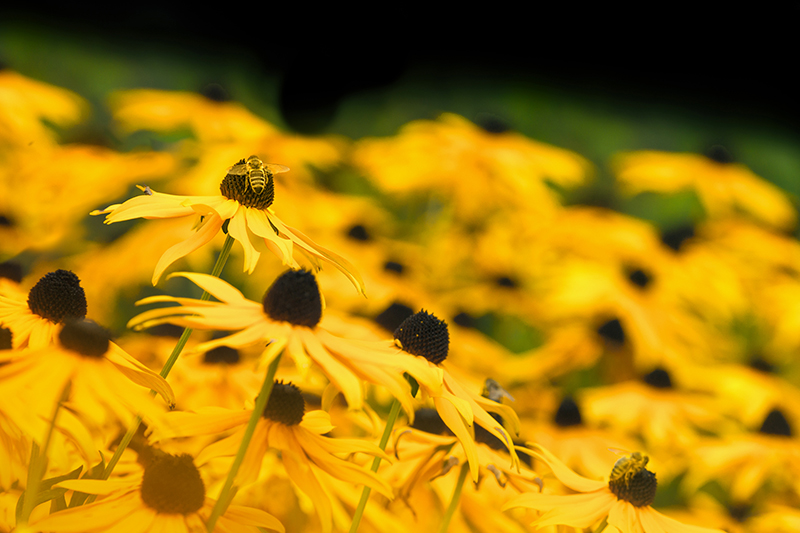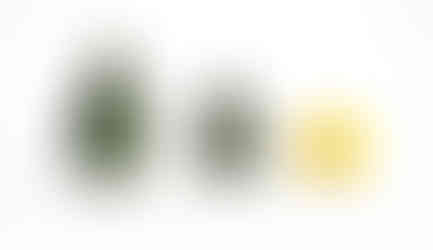What is Composition in Photography?
- Nov 16, 2023
- 4 min read
Updated: Jul 16
Composition is one of the important elements in this equation that delineates a simple snapshot from an attractive image in the world of photography. It is an art by itself, a skill that allows photographers to tell stories, provoke emotions, and catch the attention of the viewer. However, the question remains: What precisely constitutes composition in photography?

Composition in photography refers to the way visual elements are positioned in a photo. It involves how a photographer frames and positions their subject within the viewfinder, ensuring balance with the scene's other elements.
Composition in photography refers to the way visual elements are positioned in a photo.
It is in this arrangement that one discerns how the viewer's eye moves around the picture, what it lingers on, and what impression it comes away with.
Why Does Composition in Photography Matter?
Appreciating composition in photography stems from understanding its significance and effect on the final image. Far from merely being a technical arrangement of elements within the frame, composition represents the visual language through which a photographer conveys vision, story, and emotion.
Composition matters in photography for several reasons:
Aesthetic appeal: Good composition pleases the eye, maintaining balance and harmony within the frame and appealing to human perceptions of beauty.
Storytelling: Photographers use composition to tell a story. That can be an organizational idea of defining motion, emotion, or context in such a way it adds more meaning to the visual story.
Guides the viewer's eye: Good composition will lead the eye of the viewer to the most important areas in the photo. This may involve emphasizing the main subject, thereby highlighting key details or creating a visual journey through the image.
Creating mood and atmosphere: The mood of the picture can also depend on the placement of elements within it, whether it conveys a calm and serene look or oscillates between chaotic and energetic feelings.
Key Elements of Composition in Photography
Understanding the key elements of composition in photography is essential for creating visually compelling images. These elements serve as the building blocks for conveying stories, emotions, and perspectives through the lens.
Rule of Thirds
Imagine a grid over your image, dividing it into nine equal parts with two horizontal and two vertical lines. Placing your subject at the intersections or along these lines tends to create a more aesthetically pleasing and balanced photograph.
Purpose: This helps avoid monotony from the middle-placed subjects and adds interest and dynamism to the composition.
Leading Lines
An example might even include implied lines such as a row of trees, natural lines like roads or rivers, or architectural lines.
Impact: Leading lines guide the eyes of the viewer towards the subject in the image or take them on a journey, by injecting a sense of perspective and depth.
Techniques: Natural framing, such as windows, arches, or branches, and artificial framing, achieved by strategically placing objects, can isolate and emphasize the main subject.
Effect: Framing isolates the main subject from the rest of the scene, focusing the viewer's attention and, many times, supplying context or layers of meaning to the image.
Symmetry and Patterns
People are naturally drawn to symmetrical features and repeating patterns in their visual surroundings. These elements can bring a sense of balance, harmony, and order to a photograph.
When it comes to architectural photography, symmetrical compositions are often used.
Balance and Weight
Visual Balance focuses on the strategic placement of elements within a picture to prevent it from appearing lopsided. It could either be symmetrical (mirror image) or asymmetrical (various elements carry an equal visual weight).
Through this operation, it adjusts the components with regard to color, texture, and size all by means of the whole composition to bring out the harmony and unity in the photo.
Rule of Odds
The Rule of Odds is a compositional technique that recommends incorporating an odd number of subjects—usually three, five, or seven—to produce a more visually attractive and dynamic image. Because the human brain instinctively looks for patterns and symmetry, an arrangement with an odd number of elements disrupts this inclination, resulting in a composition that feels more engaging and balanced.
Element | Purpose//Impact | Techniques/Examples |
Rule of Thirds | Adds interest and dynamism to the composition by avoiding monotony. | Dividing the image into nine equal parts with two horizontal and two vertical lines, placing the subject at the intersections or along lines. |
Leading Lines | Guides the viewer’s eye towards the subject or through the image, injecting perspective and depth. | Natural lines (e.g., roads, rivers), architectural lines, or implied lines (e.g., a row of trees). |
Framing | Focuses the viewer's attention on the main subject and adds context or layers of meaning. | Natural framing (e.g., windows, arches, branches) or artificial framing (strategically placed objects). |
Symmetry and Patterns | Creates a sense of balance, harmony, and order by appealing to natural attraction towards symmetry and repetition. | Used especially in architectural photography. |
Balance and Weight | Prevents the image from appearing lopsided by achieving visual balance through strategic placement of elements. | Symmetrical balance (mirror image) or asymmetrical balance (different elements carry equal visual weight, adjusted by color, texture, size). |
Rule of Odds | Enhances visual interest by preventing symmetry, making the composition feel more dynamic and natural. | Arrange subjects in groups of three, five, or seven in portraits, still life, nature, and street photography. |
Photography composition entails making deliberate choices to enhance the beauty and storytelling power of an image. Learning and really having a good grasp of the main elements of composition, whether you are a professional photographer or just a hobbyist for that matter, will certainly do much toward raising the quality and impression of your photograph. Mastery involves understanding that these rules provide guidelines; often, the essence of art in photography lies in knowing when to deviate from or adapt these rules.























































